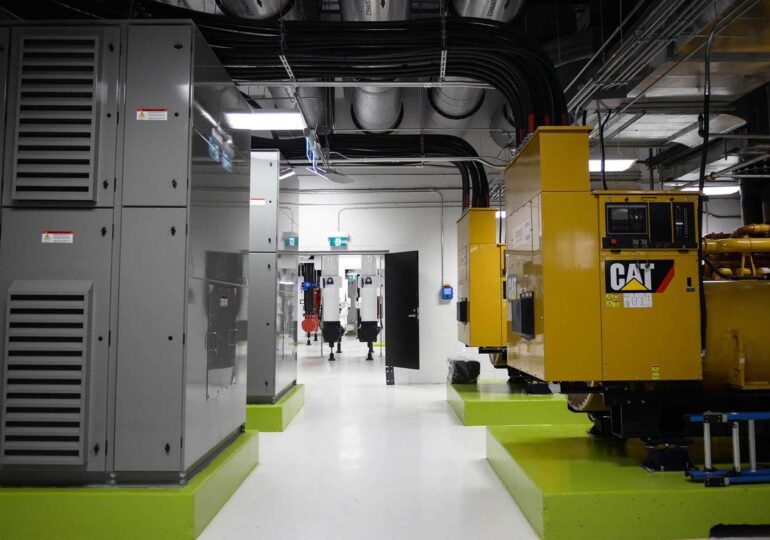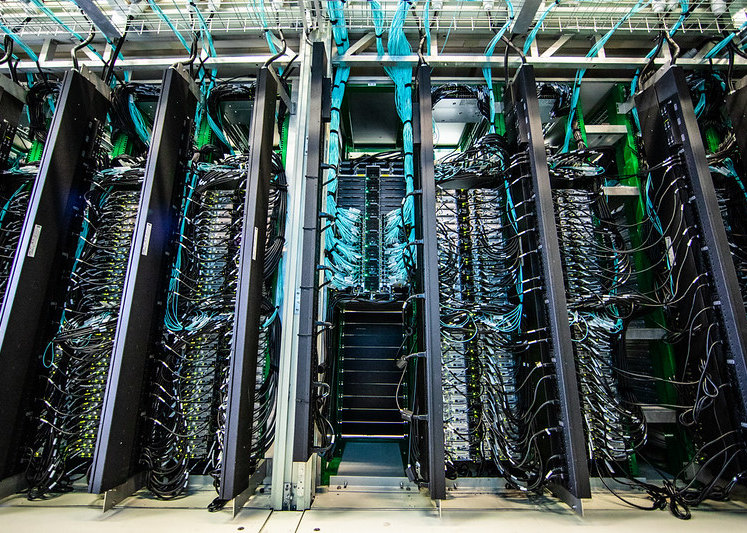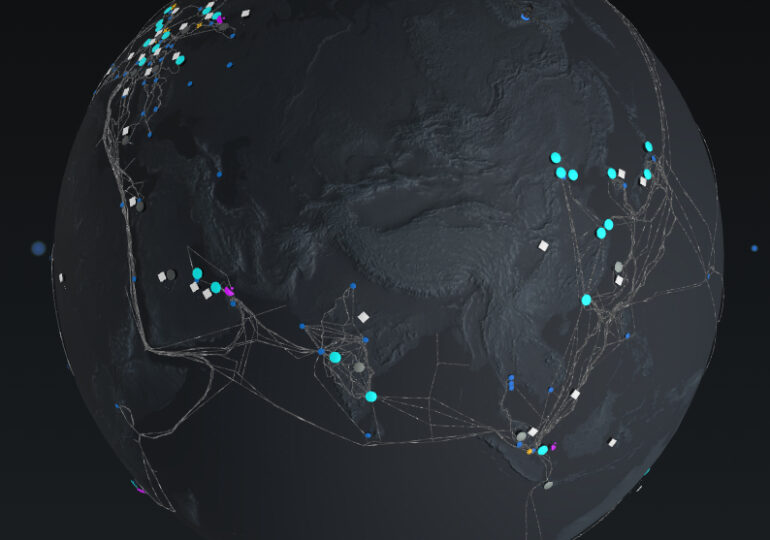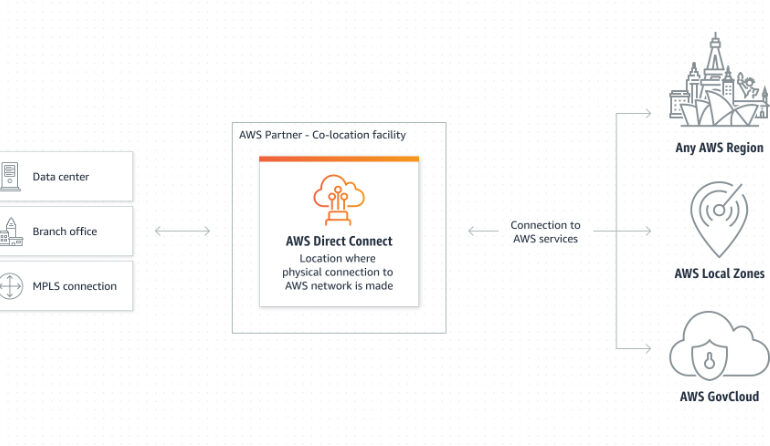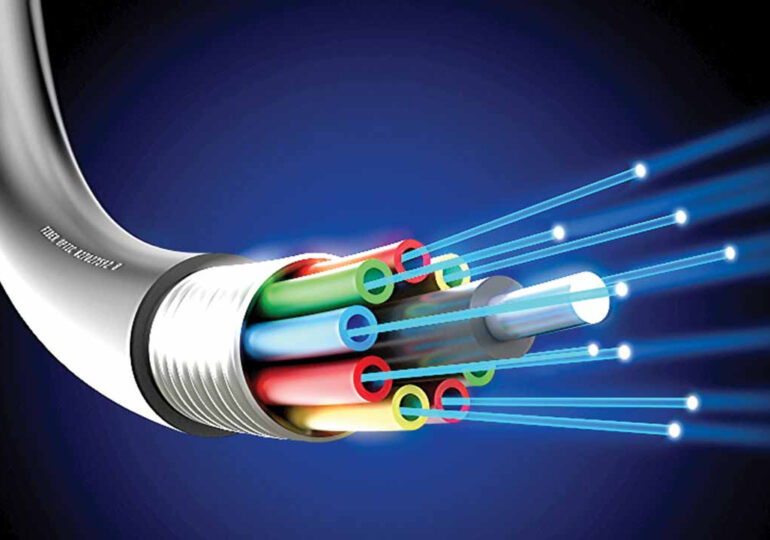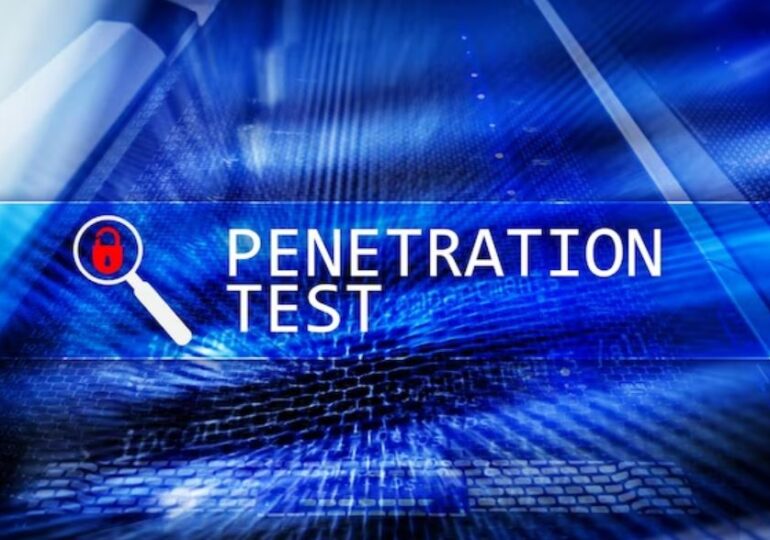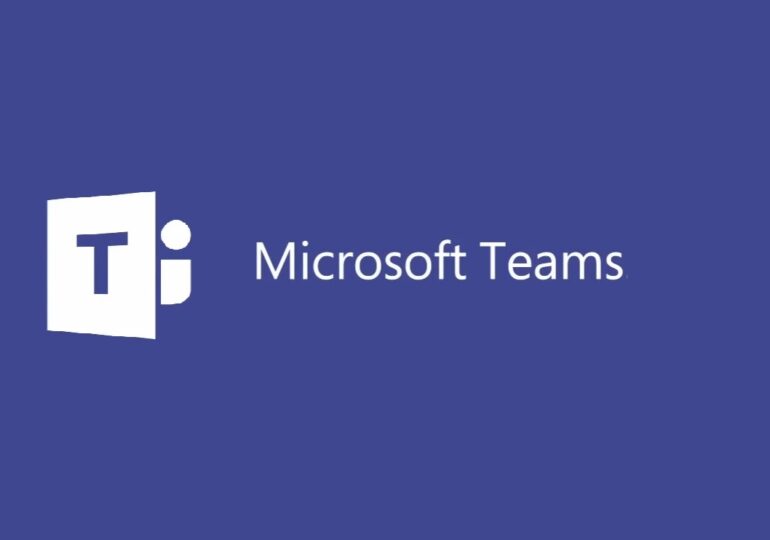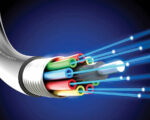The value of remote fibre testing & monitoring solutions in data networks

Introduction
Data networks are the backbone of modern businesses, facilitating seamless communication, data transfer, and critical operations. As these networks become increasingly complex and crucial to business operations, the need for effective and efficient monitoring solutions is paramount. Remote fibre testing and monitoring solutions have emerged as valuable tools in ensuring network reliability and performance. In this article, we will explore the value of these solutions in optimizing data networks, reducing downtime, improving network availability, and enhancing customer satisfaction.
Challenges in data network management
Managing data networks presents a myriad of challenges for businesses. With the growing reliance on digital infrastructure, businesses face the constant pressure of maintaining network health, uptime, and performance. Traditional network management approaches often fall short in addressing the dynamic nature of modern data networks. The lack of real-time visibility into network health and performance can lead to prolonged downtime, costly repairs, and dissatisfied customers.
Importance of fibre testing and monitoring
Fibre optic connections are the lifeline of data networks, enabling high-speed data transmission across vast distances. Ensuring the health and performance of these connections is crucial for maintaining network reliability. Remote fibre testing and monitoring solutions offer a proactive approach to detecting and resolving potential issues before they impact network performance or disrupt services.
By continuously monitoring fibre optic connections, businesses can identify and address potential bottlenecks, faulty connections, or degraded signal quality. This proactive approach allows network administrators to optimize network performance, minimize service interruptions, and ensure efficient data transmission. Moreover, remote fibre testing and monitoring solutions provide real-time visibility into the health and performance of fibre optic connections, enabling quick identification and resolution of issues.
Benefits of remote fibre testing and monitoring solutions
Remote fibre testing and monitoring solutions offer a range of benefits for businesses operating data networks. Firstly, these solutions enable proactive network management, allowing businesses to detect and resolve issues before they escalate and impact network performance. By identifying potential bottlenecks or degraded signal quality, businesses can take preventive measures, ensuring uninterrupted data transmission.
Secondly, remote fibre testing and monitoring solutions provide real-time visibility into network health and performance. This enables network administrators to monitor network performance metrics, identify trends, and make data-driven decisions to optimize network performance. Moreover, these solutions facilitate remote monitoring, allowing administrators to access critical network information from anywhere, anytime, enabling efficient troubleshooting and reducing response times.
Types of remote fibre testing and monitoring solutions
There are various types of remote fibre testing and monitoring solutions available in the market, each catering to specific network requirements. Optical Time-Domain Reflectometers (OTDRs) are commonly used for testing and troubleshooting fibre optic networks. These devices send short pulses of light into the fibre and measure the reflections to detect faults and measure signal loss.
Optical Spectrum Analyzers (OSAs) are another type of remote fibre testing solution that provides detailed spectral analysis of the optical signal. By analyzing the spectrum, network administrators can identify issues such as signal degradation, noise, and interference.
Optical Power Meters (OPMs) are essential tools for measuring the power levels of optical signals. They help in ensuring that the signal levels are within acceptable ranges, preventing issues such as signal loss or overdriving of receivers.
Key features and capabilities of remote fibre testing and monitoring solutions
Remote fibre testing and monitoring solutions offer a range of features and capabilities to enhance network management and performance. These include:
- Real-time monitoring: Continuous monitoring of fibre optic connections to detect and address issues promptly.
- Automated alerts: Configurable alerts that notify network administrators of potential issues, ensuring timely response and resolution.
- Performance analytics: Comprehensive reporting and analytics capabilities that provide insights into network performance, enabling data-driven decision-making.
- Remote access: Ability to access and manage the monitoring solution remotely, facilitating efficient troubleshooting and reducing response times.
- Integration with other network management tools: Seamless integration with existing network management systems to streamline operations and enhance visibility.
Case studies highlighting the value of remote fibre testing and monitoring
To illustrate the value of remote fibre testing and monitoring solutions, let’s explore a few case studies:
- Company A, a large telecommunications provider, implemented remote fibre testing and monitoring solutions across their extensive network infrastructure. By proactively detecting and resolving potential issues, they reduced network downtime by 30% and improved customer satisfaction.
- Company B, a data center operator, utilized remote fibre testing and monitoring solutions to optimize their fibre optic connections. By addressing signal degradation and potential bottlenecks, they achieved a 20% improvement in data transmission efficiency and reduced service interruptions.
- Company C, an internet service provider, implemented remote fibre testing and monitoring solutions to enhance their network performance. By continuously monitoring and analyzing network health, they were able to identify and rectify issues before they impacted customer services, resulting in a 25% improvement in network availability.
These case studies highlight the tangible benefits that businesses can achieve by incorporating remote fibre testing and monitoring solutions in their data networks.
Best practices for implementing remote fibre testing and monitoring solutions
When implementing remote fibre testing and monitoring solutions, it is essential to follow best practices to maximize their effectiveness. Here are some key considerations:
- Clearly define network performance metrics and thresholds to ensure accurate monitoring and timely alerts.
- Regularly calibrate and maintain testing equipment to ensure accurate measurements and reliable results.
- Implement automated reporting and analytics to gain actionable insights into network performance and identify areas for improvement.
- Train network administrators on the proper use of remote fibre testing and monitoring solutions to leverage their full potential.
- Regularly review and update monitoring strategies to adapt to evolving network requirements and emerging technologies.
By following these best practices, businesses can ensure optimal utilization of remote fibre testing and monitoring solutions and maximize the benefits they offer.
Considerations when choosing a remote fibre testing and monitoring solution
When selecting a remote fibre testing and monitoring solution, businesses should consider the following factors:
- Compatibility: Ensure that the solution is compatible with existing network infrastructure and management systems.
- Scalability: Choose a solution that can scale with the growing needs of the network, accommodating future expansions and upgrades.
- Ease of use: Select a solution that is intuitive and user-friendly, minimizing the learning curve for network administrators.
- Reliability: Look for a solution that offers high reliability and uptime, ensuring continuous monitoring and minimal downtime.
- Support and maintenance: Evaluate the level of support and maintenance offered by the solution provider to ensure prompt assistance and timely updates.
By carefully considering these factors, businesses can choose a remote fibre testing and monitoring solution that aligns with their specific requirements and maximizes the value they derive from the solution.
Conclusion and future trends in remote fibre testing and monitoring solutions
In conclusion, adopting remote fibre testing and monitoring solutions in data networks offers a proactive approach to maintaining network health, enhancing performance, and delivering a seamless user experience. By incorporating real-time monitoring, automated alerts, and performance analytics, businesses can detect and resolve potential issues before they impact network performance or disrupt services. With the right tools and strategies, businesses can stay ahead in an increasingly connected and data-driven world.
Looking ahead, the future of remote fibre testing and monitoring solutions holds exciting possibilities. The integration of artificial intelligence and machine learning algorithms is expected to revolutionize network management, enabling predictive maintenance and intelligent fault detection. Additionally, advancements in remote monitoring technology will further enhance the capabilities of these solutions, providing even greater visibility and control over network performance.
As data networks continue to evolve and play a pivotal role in business operations, the value of remote fibre testing and monitoring solutions will only increase. By leveraging the power of these solutions, businesses can ensure their networks remain robust, reliable, and efficient, enabling them to thrive in an increasingly digital world.



